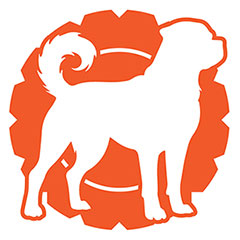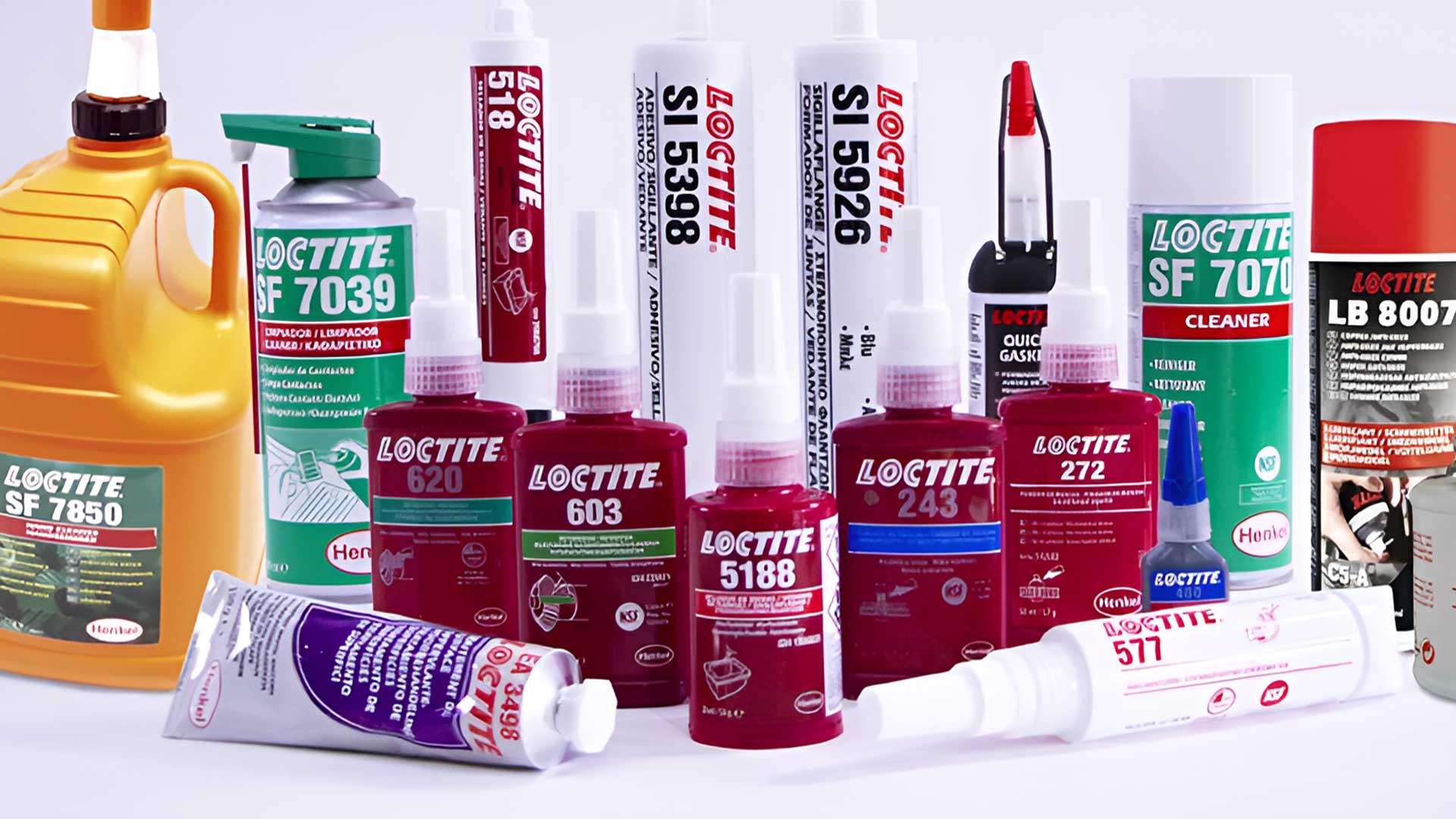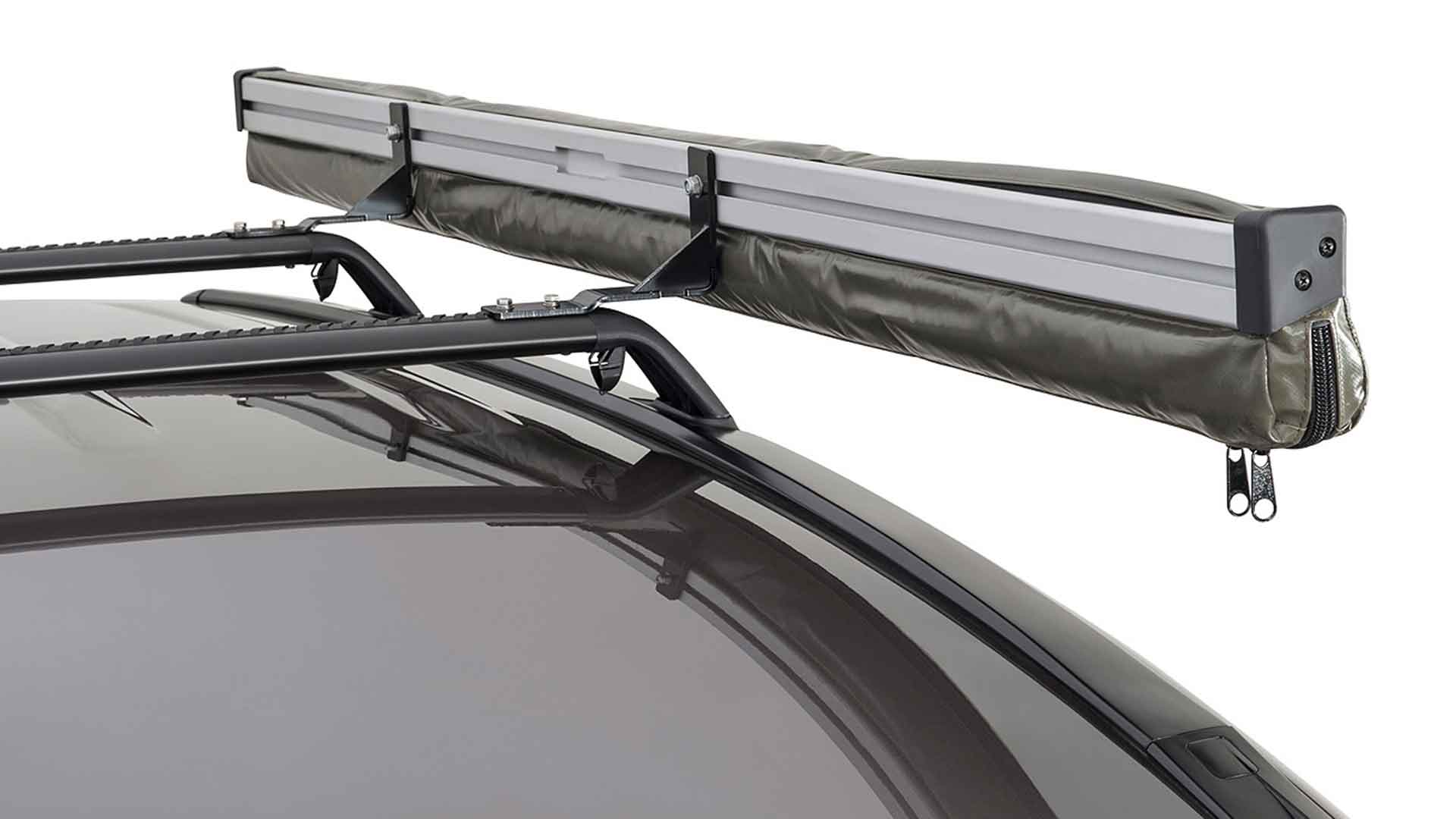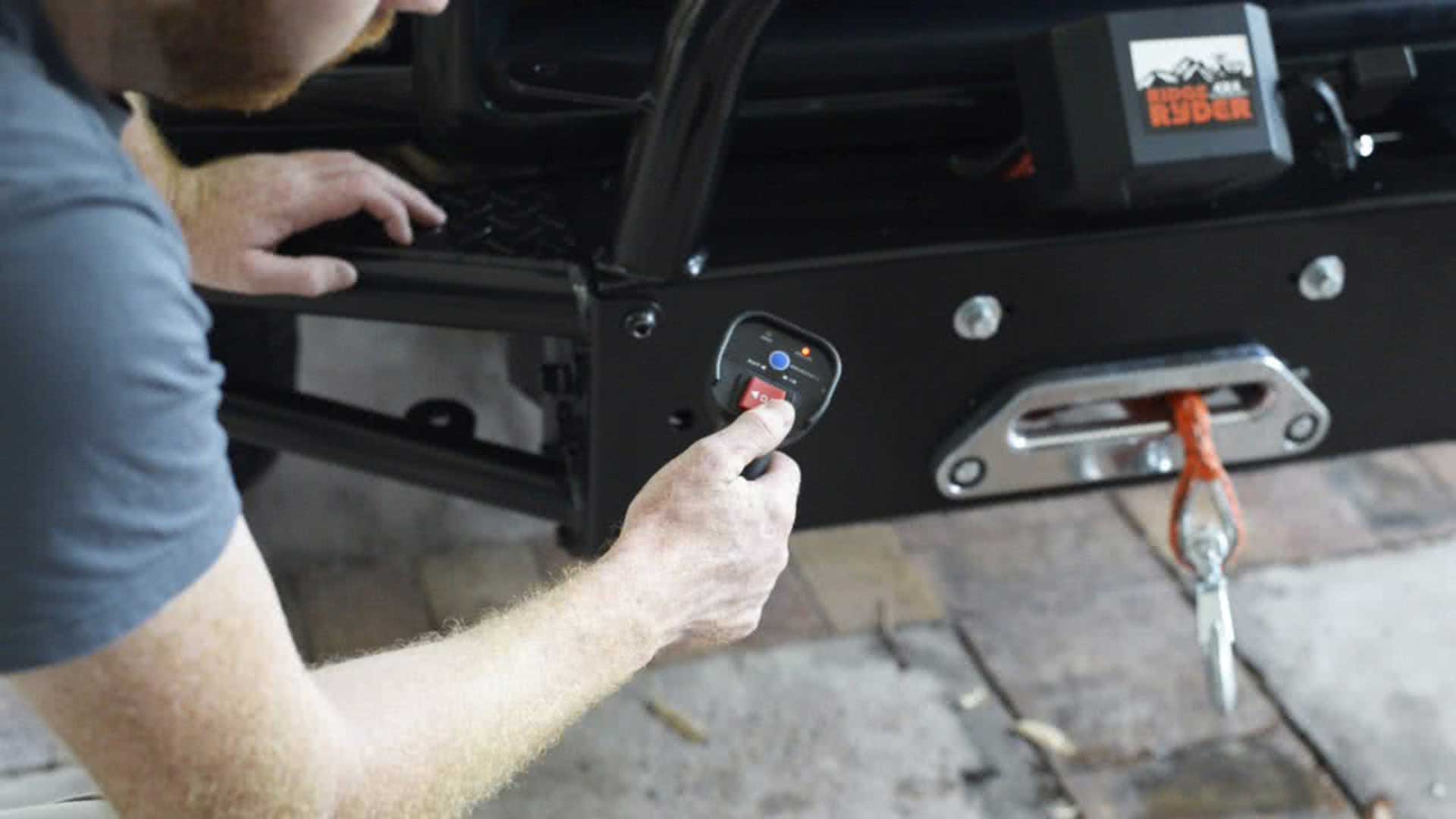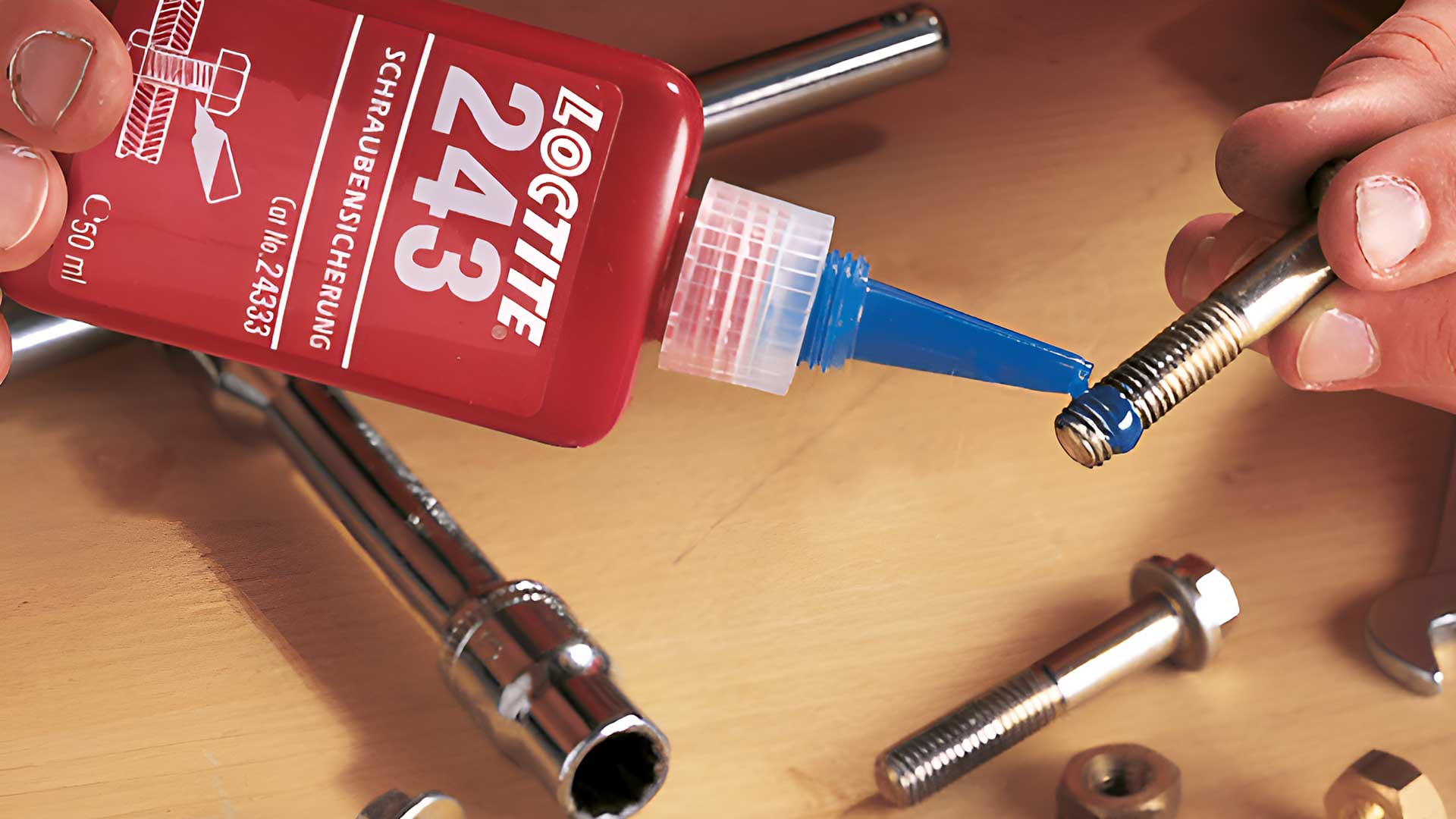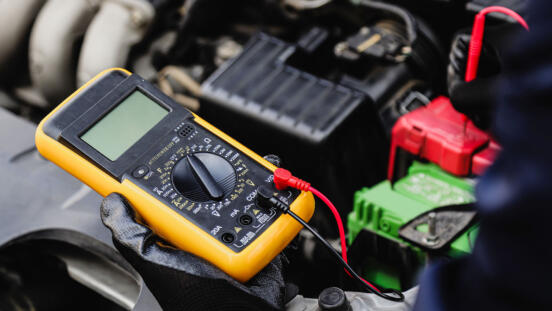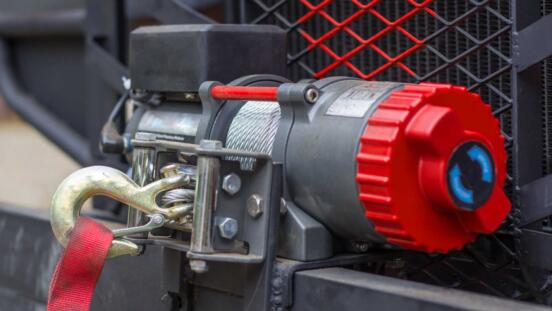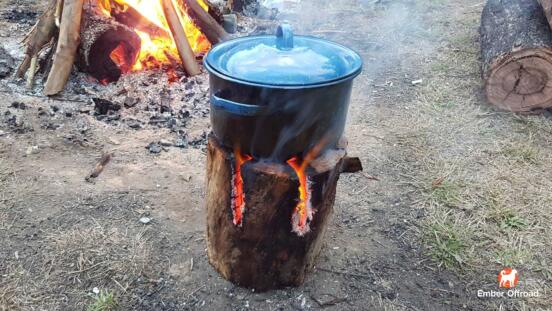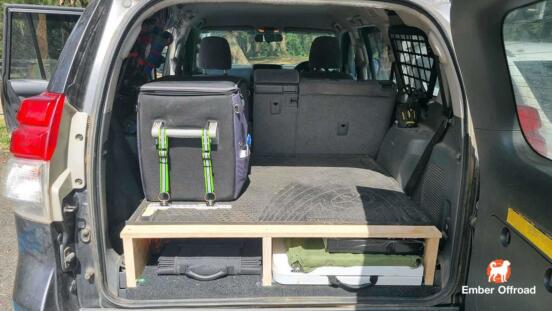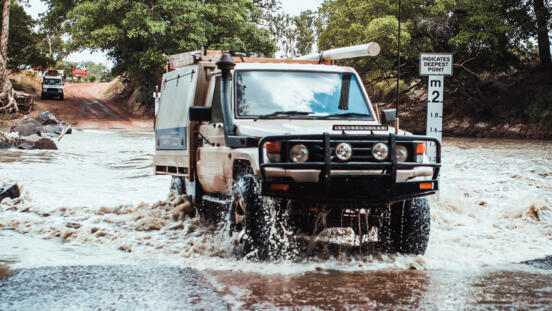Mounting 4WD accessories like winches, spot and flood lights, roof rack accessories, awnings, etc., is more demanding on fasteners than many other applications.
All fasteners are affected by some common influences; expansion and contraction from temperature change, some level of shock, and vibrations from use. Even compared to industrial applications with loads tonnes over what your 4WD fasteners will ever experience, the forces working against you while off-roading present some more unique issues.
Rock crawling with sudden impacts or drops all create vibrations of a sort, but one thing that's more unique to touring and four-wheel-driving is corrugated roads. If you're touring remotely, or off the beaten path, you're sure to encounter corrugated roads sooner or later, and depending on how remote you are, these can go on for miles and miles.
Corrugated roads can be punishing for rattling things apart, even when nuts and bolts are fastened to the correct torque specs. This can be even more pronounced for items mounted with some unsupported extension, like awnings. The extra flex creates more stress on fasteners and the opportunity for them to begin to wiggle loose.
Image credit: roofracksnz.nz
This is where thread lockers come in, adding an adhesive bond in addition to the friction holding your mechanical fasteners like nuts and bolts together.
So which Loctite to use?
All told, there are a few dozen Loctite options, a number of these though are for specialty applications that are not relevant to 4WD builds and recreational applications.
e.g. Loctite 243 and 248 are both in the medium-strength Blue group, but 248 comes as a large glue-stick, rather than a small eye dropper; the 248 glue-stick is intended for larger bolts that require a lot of thread locker, bolts larger than you're going to find with 99% of 4WD accessories. There are also additional properties like fluorescing under UV light to allow easy checking and maintenance, but this isn't going to be of concern to 99.9% of four-wheel drivers.
We'll skip going further into the specialty adhesives and alternate packaging/dispenser options here and just stick to the main contenders. There are four of these, all in standard eye dropper bottles: Purple, Blue, Green, and Red.
Purple 222 is a low-strength adhesive designed for fasteners that are intended to be removed at some point. It's also suitable for very small screws/bolts, where the amount of torque that can be applied is minimal. This is more suitable for things like mounting UHF radios, molle storage panels in the cabin, etc.
If you're servicing your winch with some regularity, you could arguably use 222 for your winch bolts, but, as these bolts will be (or should be!) high tensile material, and are going to be somewhere around M10 (3/8") in size, you can comfortably use a higher strength level adhesive which will still be removable with hand tools and a little elbow grease oomph.
Image credit: supercheapauto.com
Blue 243 Loctite is a medium-strength adhesive that is still removable with just hand tools. Loctite themselves recommend this for 6mm to 20mm fasteners (roughly 1/4" to 7/8") which are what you'll find on just about all of your exterior-mounted 4WD accessories; light brackets, winches, awnings, UHF antennae bases, sand flag mounts, recovery points etc.
Blue Loctite is also designed with a degree of tolerance for surface contaminations like oil, anti-corrosion, and protection fluids, which is definitely a benefit for 4WD applications.
This is, in my opinion, the go-to option for your larger 4WD build accessories. I've used Blue Loctite on my vehicles for 20+ years, including for my winches which I remove annually to service, and have fasteners that have been attached for 10+ years straight with no issues. It stays on and isn't terribly difficult to get off when you need to.
Green is a medium-to-high strength adhesive, but with a few varieties that are worth knowing. Green 270 is a standard application high-strength adhesive, and while providing a stronger bond than Blue 243 might seem like an obvious win, the bond from Green Loctite can be so strong it may require heat to break its seal. Rubbing your hands together Mr. Miyagi style isn't going to cut it either, you're talking about 250c / 480f plus.
If you may need to remove the accessory you're mounting later, you don't want to be running a propane torch over bolts and brackets connected to leather, plastic, canvas, or any other flammable material accessories. Consider the surrounding equipment and body before going for Green.
Green 290 is, again, a medium to high-strength adhesive. Where it differs from 270 is that it is a lower-viscosity adhesive that will 'wick' into the thread of already-assembled fasteners; this allows you to add the extra bond without having to unscrew things. This isn't typically an issue in most 4WD build scenarios, but it's not without its uses. Again, 290 may require heat to break its seal, so consider the surroundings before going this route.
Red 263 is not actually an adhesive, it's liquid sorcery. You apply Red Loctite to your bolts, and that night while you sleep, lucifers' minions go to work on your 4WD and cast dark magic on the fasteners so they can never be removed again. To crack the seal of a bolt secured with Red Loctite with just hand tools you're going to need holy water, and Jessie Ventura's biceps.
Jokes aside, Red is the strongest thread locker Loctite makes and is about as strong as you can get short of welding. It's intended to create a permanent bond, for fasteners you never want to remove. You will need to apply heat to remove it.
In my opinion, this is the wrong tool for the job of 4WD accessories. It's overkill in terms of the level of bond required, and inevitably during your 4WD build you're going to tweak and tinker with things that will require repositioning or temporary removal.
Blue is the way to go in this wheelers opinion.
Image credit: asapkenya.com
# Loctite for four wheel drives, 4WD accessory thread locker, thread locker for awnings and winches, red vs blue loctite, best loctite for bolts.
